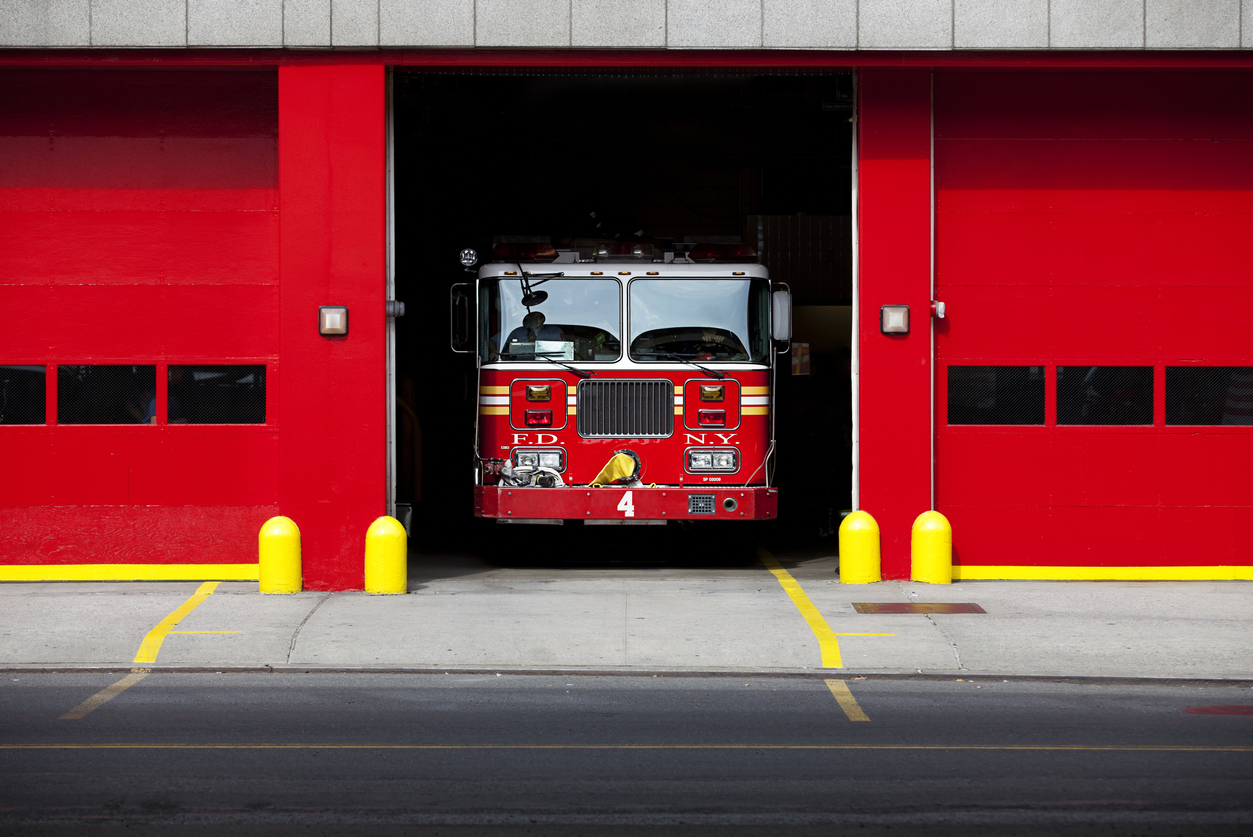
When a fire truck or ambulance heads out in response to an emergency, most people don’t think twice about getting out of their way. But even though it’s the law and shared knowledge to pull over and let these emergency vehicles pass, some drivers still threaten the safety of emergency professionals en route. Motor vehicle crashes are the second-leading cause of death for on-duty firefighters, as nearly 30,000 accidents occur every year, highlighting the need for more responsibility from the commuters on the roads around them. But these other drivers can’t be controlled or predicted, so it’s up to the paramedics and firefighters behind the wheel to be alert and improve road safety.
Here are some driving and road safety tips for emergency responder services, including fire trucks and ambulance services.
Look Up the Law First
Some people might have visions of firefighters hearing an emergency call over the speaker system and jumping on a truck. But before they answer any call, emergency professionals need to have a grasp on the law of the land when it comes to driving. Fire emergency and police vehicles are usually exempt from most regulations related to movement and parking when answering calls and operating audible and visual warning devices. However, for ambulance services, there are stricter requirements on a state-by-state basis.
These professionals need to understand where their state, county, and city stand on exemptions for emergency service vehicles. This will only enhance the safety of the first responders and the public around them.
Slow is Smooth, Smooth is Fast
Emergency service drivers need to keep safety in mind when driving, and this can be achieved by keeping a safe speed limit. Drivers should not be aggressive and refrain from tailgating other vehicles on the road. Like regular commuters, emergency service drivers should keep the two- or three-second rule for following other vehicles.
Emergency vehicles are not immune to the same risk factors that other drivers deal with on the road. As always, drivers should note that some drivers might not move out of the way immediately and even drive more erratically when they decide to pull over, potentially creating an issue for other cars around them.
Hitting the Streets
When approaching an intersection, drivers need to slow down and anticipate cross traffic. If the intersection has a stop sign or red light, prepare to stop, even if the traffic light is green in your direction. Cross-traffic might not immediately stop, so expect that other drivers, including potentially other emergency service vehicles, are not driving with as much regard as you are.
As emergency vehicles cross through an intersection, they should scan all lanes of traffic, not just on the side they are driving on. Just because one or two lanes stop doesn’t mean that a driver will try to get around them, opening up the potential for an unnecessary accident. Drivers should expect this to happen and prepare for anything.
Lastly, it’s important to note that one of the most dangerous driving maneuvers is crossing into and then driving into the wrong lane against oncoming traffic. Few drivers on the road anticipate seeing an emergency vehicle do this, and they may not hear a siren until they come close to the vehicle.
Operating Lights & Sirens
Driving with sirens and lights is a privilege and not a right, even for emergency responders. Drivers must be sure they are operating concerning others as lights and sirens don’t necessarily improve the vehicles’ performance being driven to a call site. If responders drive their vehicles beyond their performance point, they can create potential safety hazards for other cars on the road and the firefighters or paramedics inside. While you can’t prevent every risk, utilizing these steps can significantly reduce the chance of being involved in an accident while safely transporting patients or arriving on a fire scene.
About Provident Fire Plus
At Provident FirePlus, we offer custom-tailored packages to best protect firefighters and volunteer firefighters. We understand the risks that emergency response teams are subjected to on a daily basis, and have worked to serve these dedicated professionals for over 87 years. For more information about our products and policies, we invite you to contact our experts today at (412) 963-1200.

